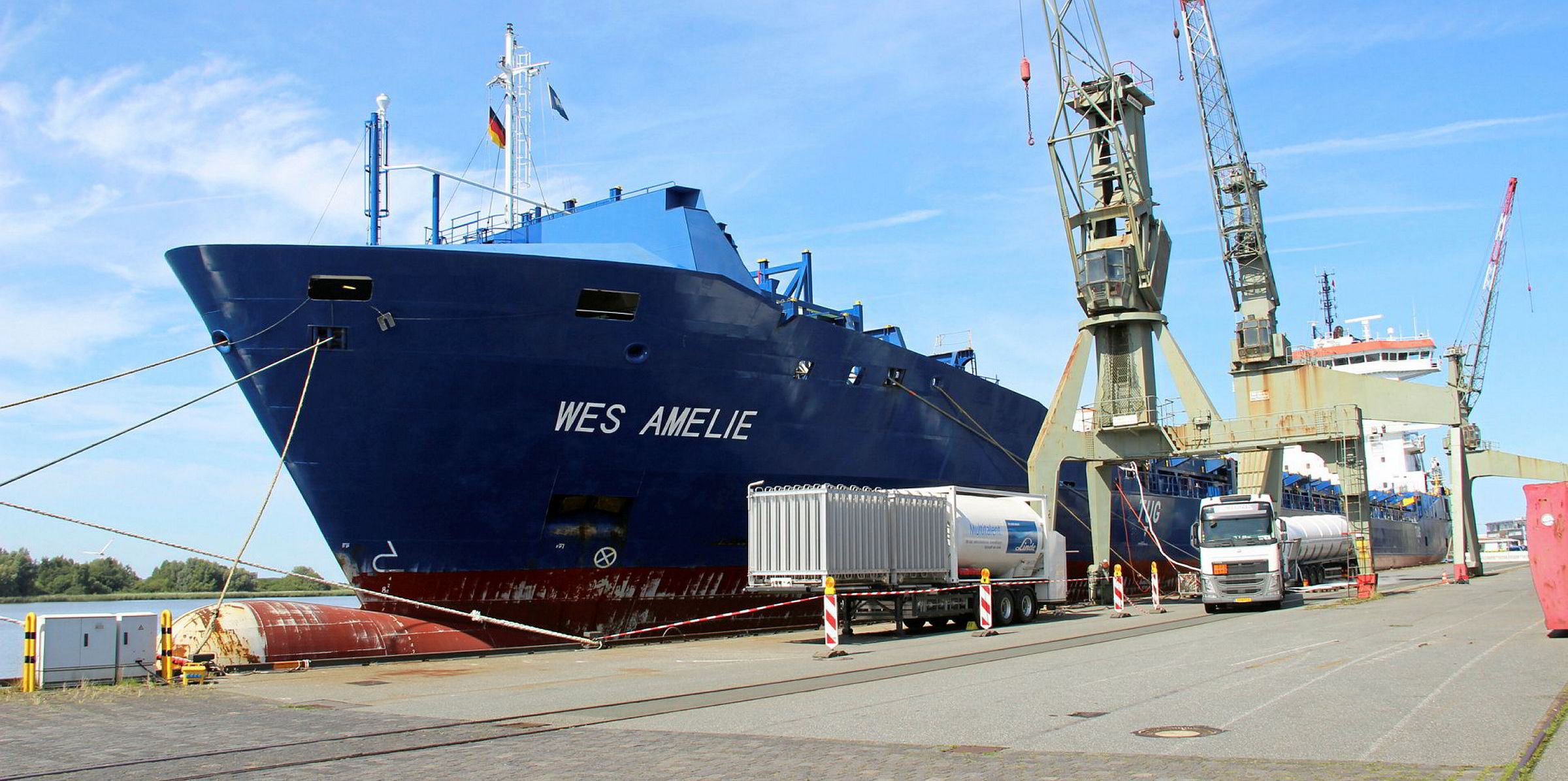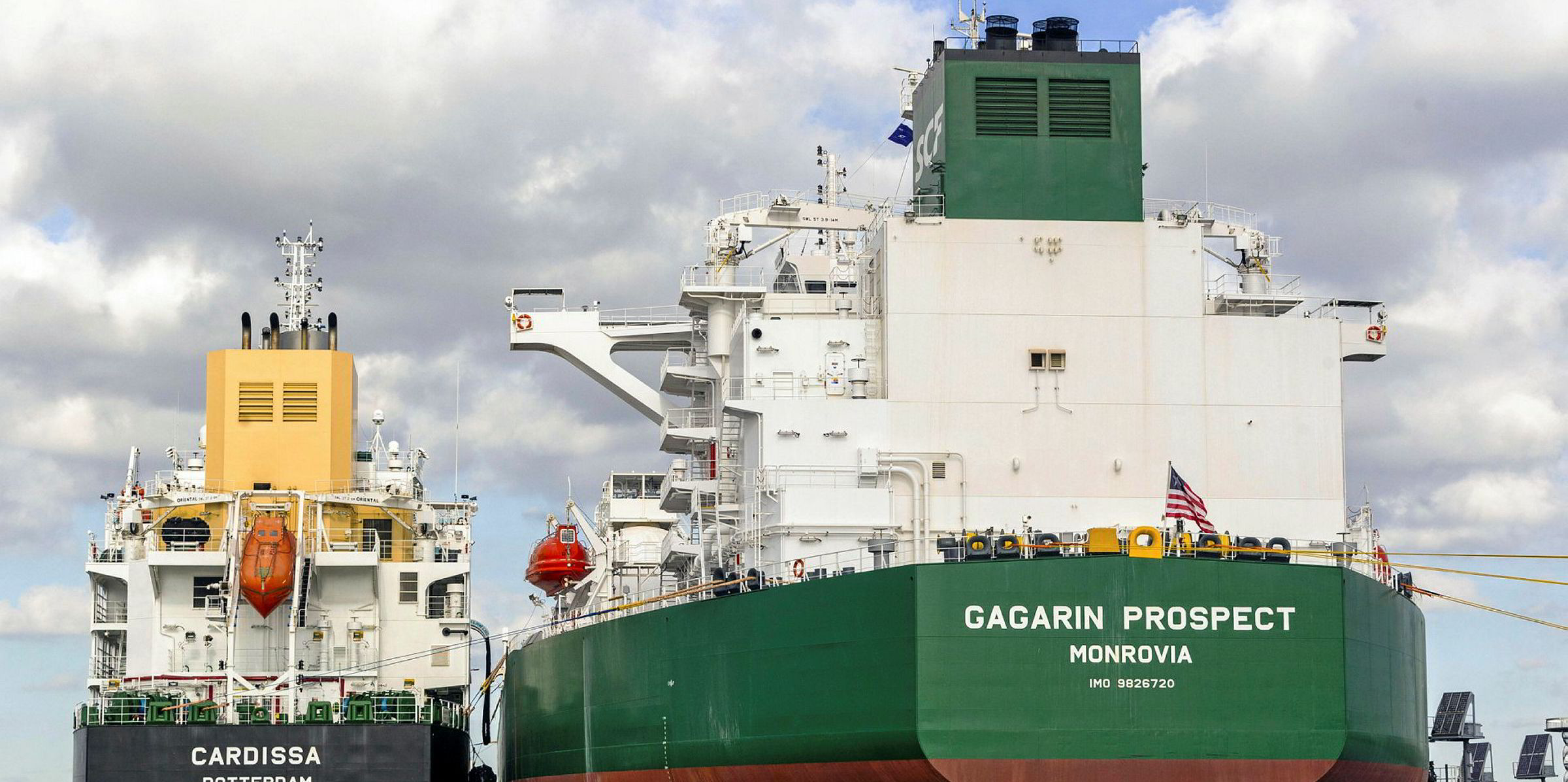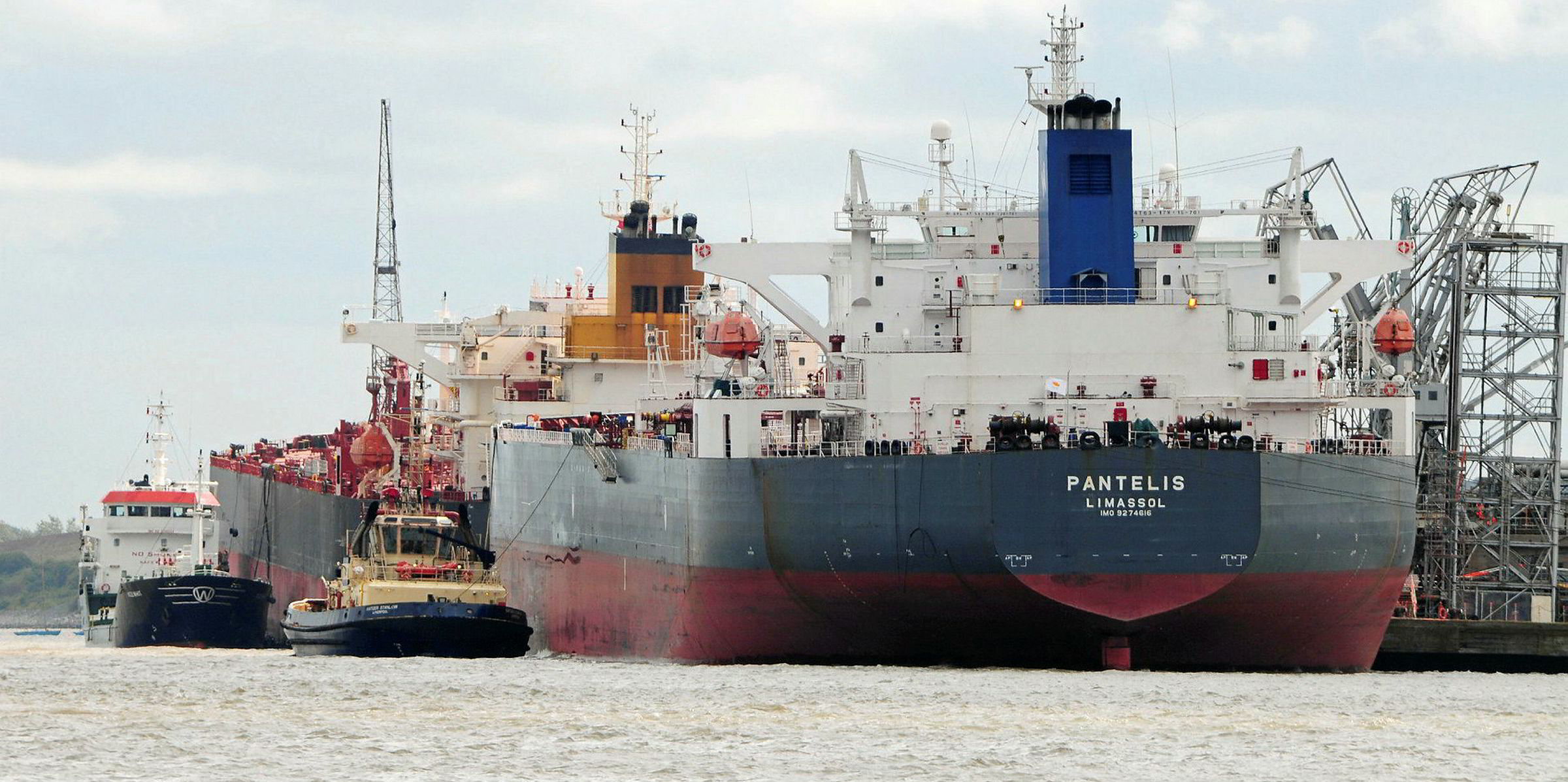LNG may contain less carbon than conventional marine fuels, but that does not necessarily make it shipping's greenest fuel option, according to a scientific study.
An International Council on Clean Transportation (ICCT) analysis concludes that LNG releases more greenhouse gas (GHG) emissions over a 20-year span than marine gasoil (MGO), very low-sulphur fuel oil (VLSFO) and heavy fuel oil (HFO) on a well-to-wake basis.
The estimates take into account methane, the second largest man-made GHG by volume. It can trap more heat than CO2, the largest.
At least 300 ships of the 750 LNG-fuelled vessels in the study are installed with the low-pressure injection dual-fuel (LPDF) engines. In a 20-year span, emissions from burning LNG in them would be 70% higher than MGO, according to the ICCT. Emissions would be 82% higher when a medium-speed diesel engine is used.
The 40-page study, funded by US-based environmental group Stand.earth, measures GHG emissions from various marine fuels over 20-year and 100-year lifecycles.
The 20-year estimates are more relevant to the IMO's target to reduce emissions from international shipping by 50% before mid-century, according to the ICCT.
"These results show that LNG does not deliver the emissions reductions demanded by the IMO's initial GHG strategy and that using it might actually worsen shipping's climate impacts," the study said.
"Given this, it is fair to question continued investments in LNG infrastructure on ships and on shore, as these could make it harder to transition to low- and zero-carbon fuels in the future."
A significant number of shipping players, including cruise giant Carnival, have turned to LNG as one way to meet the IMO 2020 rules while playing up its decarbonisation effects.
Critical comment
Industry coalition SEA-LNG and the Society of Gas as a Marine Fuel (SGMF) said they need more time to review the ICCT report but hit back at its assumptions, the methodologies used and the lack of direct input from the engine manufacturers.
The two groups referenced their peer-reviewed study on the lifecycle GHG emissions of LNG as a marine fuel compared with other alternatives published last year, stressing that this analysis was based on the latest primary data available from the seven main marine engine manufacturers with ExxonMobil, Shell and Total contributing to fuel supply chain data.
SEA\LNG and SGMF said: “ ..the ICCT findings are based on analysis of the 20-year global warming potential (GWP20) data, rather than the more commonly used 100-year (GWP100) metric.”
They also noted that the ICCT study is “ heavily biased” towards coastal vessels and does not include many deepsea ships powered by large slow-speed two-stroke engines that account for most of the tonnage and offer the greatest potential for reductions in GHG emissions through the use of LNG as a marine fuel.
Today's best option
Backers of LNG as an environmentally-friendly bunker fuel admit that the substance may not be the "magic bullet" for shipping's carbon reduction goals, but they say it is today's best alternative.
Affinity Shipping told TradeWinds in November that there are "legitimate concerns" over LNG being a fossil fuel, despite being considered the cleanest fossil fuel around.
It also acknowledged concerns over whether LNG can provide sufficient carbon reduction to meet IMO's 2030 and 2050 targets, and that methane slip undermines LNG's benefits in terms of GHG release.
But the UK broker said it will keep backing LNG because it is the "greenest large-scale shipping solution" for today, especially since methane slip is expected to fall over time.
“Right now in January 2020 there are three compliant fuel solutions available, LNG is one of them and is both available and scalable,” SEA\LNG and SGMF said.
"Use of LNG will reduce GHG emissions from marine transportation. It will further provide a strong foundation towards a zero-emissions shipping industry through the use of liquefied biomethane and liquefied synthetic methane, as well as initiating the development of much longer-term alternative fuel solutions that are not yet available or feasible."
The switch to LNG as a marine fuel is growing because of its environmental advantages over conventional fuels, including lower CO2 emissions and almost no NOx or SOx emissions, US-based Center for LNG spokeswoman Daphne Magnuson said.
"Compared to existing heavy marine fuel oils, LNG can emit 90% fewer NOx emissions," she told TradeWinds.
"The use of best practices and technologies that minimize any methane leakage, make realistic reductions of GHG by 10-20% achievable."
Benefits of MGO
Separately, Stand.earth contends that using MGO with catalysed diesel particulate filters results in the lowest GHG emissions of all ship fuels.
"Studies have shown that this would drastically reduce health-harming particulate emissions, including over 90% reductions in climate super-pollutant black carbon," Stand.earth senior shipping campaigner Kendra Ulrich told TradeWinds.
"Unfortunately, IMO 2020-compliant VLSFO has been shown to have even greater aromatic content than heavy fuel oil, which results in even greater black carbon emissions than HFO — including the use of HFO with a scrubber."
Burning HFO with open-loop exhaust gas scrubbers, which puts the ship exhaust into the ocean, only serves to "turn an air-pollution problem into a water-pollution problem," she said.








